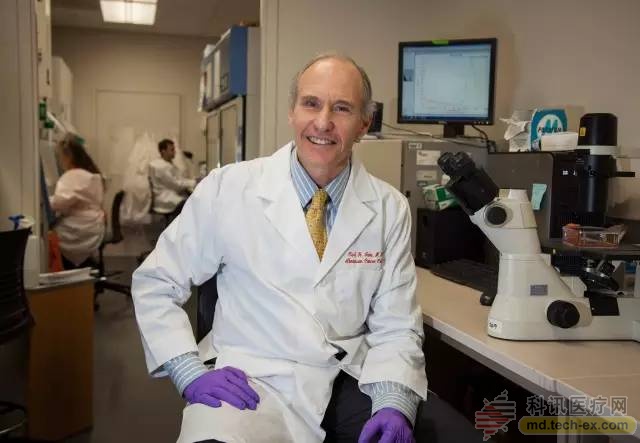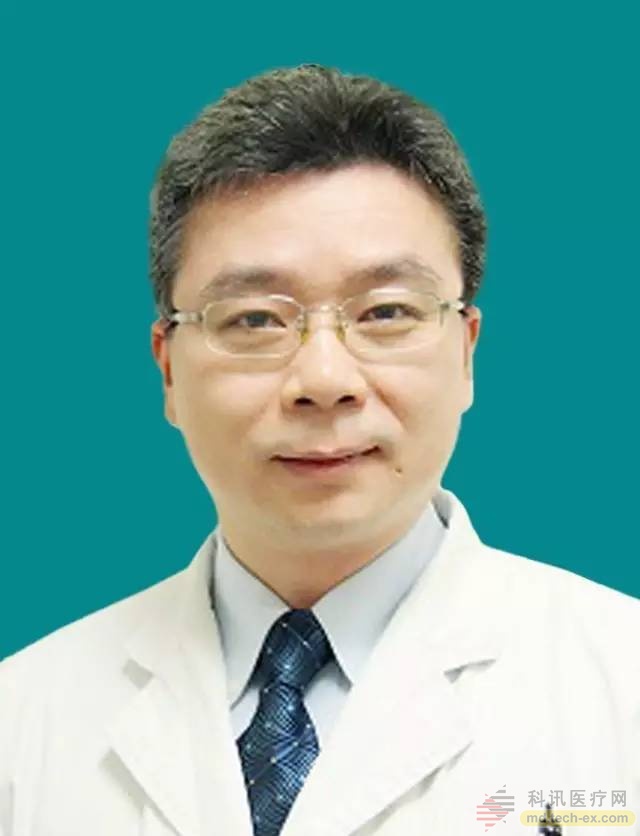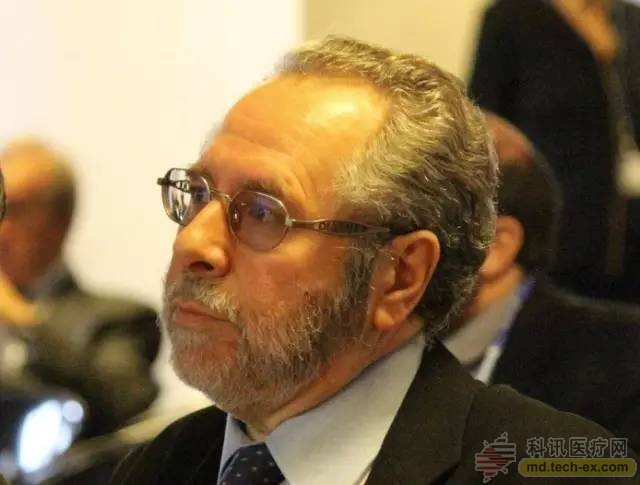Release date: 2016-11-18 In July of this year, Nature reported that the West China Hospital of Sichuan University in Chengdu is expected to take the lead in applying CRISPR gene editing technology to the human body. Recently, Nature has made follow-up reports and confirmed that the world's first human body application of CRISPR technology has been launched in China . CRISPR gene editing technology is a hot spot in the field of biotechnology in recent years. In the field of scientific research, it has shown great potential and helped scientists to establish a different disease model to let us know the importance of specific genes. Naturally, the next step for researchers is to apply this revolutionary technology to the human body. ▲Promoted by Professor Carl June, the US approved CRISPR technology for human gene editing (Source: MIT Technology Review) In June of this year, NIH's Recombinant DNA Advisory Committee analyzed the potential, safety, and potential ethical issues of CRISPR technology and approved it for use in humans. This means that the United States officially approved the CRISPR technology for human genetic editing. While many people are optimistic that the United States will apply this technology to the human body for the first time, West China Hospital of Sichuan University announced that it has passed the ethical approval for half a year in early July, and it is expected to officially launch human trials in August. This is earlier than the clinical trials that Penn State and Editas expect to begin at the end of this year or early next year. Today's "Nature" magazine confirmed that the team of Professor Lu Yu of Huaxi Hospital has opened the world's first human body application of CRISPR technology . This clinical trial is for patients with non-small cell lung cancer who have spread cancer, chemotherapy, radiation therapy and other treatments have been ineffective. According to the plan, Professor Lu Uun's team isolated T cells from recruited patients, and used CRISPR technology to genetically edit these cells, knock out the PD-1 gene that inhibits immune function in these cells, and perform cell expansion in vitro. . When the cells reached a certain amount, Professor Lu’s team returned them to the patient and hoped they could kill the tumor. ▲Responsible person of this project, Professor Lu Uran of Huaxi Hospital (Source: Huaxi Hospital) According to today's "Nature" magazine, because the patient has been recruited for some time, cell culture takes longer than expected, plus October is the National Day holiday, the clinical trial originally scheduled to open in August, at 10 The month was officially launched. On October 28, the first patient received treatment with these genetically engineered T cells. In an interview with Nature, Professor Lu Yu said that the treatment has progressed smoothly and the patient is about to receive a second injection. In view of the patient's privacy, Professor Lu Yu did not disclose more details of the treatment. Next, the research team plans to treat a total of 10 patients, each of whom will receive 2-4 injections. Consistent with the information disclosed in July this year, the main purpose of this clinical trial is to test the safety of this therapy. These patients will receive close supervision for up to six months to see if the treatment will benefit these “drug-free†patients and whether they will have serious side effects. ▲Professor Antonio Russo of Palermo University is excited about this progress (Source: oggisalute) Some oncologists are excited about the entry of CRISPR technology into the field of cancer treatment. “This is a very exciting strategy,†said Professor Antonio Russo of the University of Palermo, Italy, to Nature. In his view, antibodies that currently inhibit PD-1 have achieved good results in lung cancer. The application of the CRISPR technology is also expected to achieve positive results. At the same time, other scientists have maintained cautious optimism. Also in an interview with Nature, Professor Naiyer Rizvi of Columbia University Medical Center said that the current method of knocking out the PD-1 gene using CRISPR technology may encounter T cell amplification compared to existing antibody therapies. The bottleneck thus limiting its potential. Professor Lu Ui said that it is still impossible to compare the pros and cons of the two. During this time, we have heard a lot of new progress in the treatment of lung cancer: KEYTRUDA has been approved by the US FDA for first-line treatment of non-small cell lung cancer; China's innovative "Hainan model" also allows this heavy new drug to enter China for the benefit of Chinese patients. In addition, the US FDA also approved the use of Genentech's TECENTRIQ for the treatment of metastatic non-small cell lung cancer. The news that these new drugs have been approved has brought hope to the majority of lung cancer patients in China and around the world. With the continuous development of biotechnology, we look forward to the emergence of more innovative therapies, so that humans can overcome cancer as soon as possible! Source: Drug name Kant
What is Battery Mini Camera
Micro camera is a product of modern high-tech, also known as micro monitor. It has the characteristics of small size, powerful function and good concealment.
Some cameras also use video transmission lines for synchronous power supply without external power lines.
Battery Mini Camera,Mini Spy Camera,hidden surveillance camera,small,surveillance equipment,video Battery Mini Camera,Mini Spy Camera,hidden surveillance camera,small,surveillance equipment,video Shenzhen Fuvision Electronics Co., Ltd. , https://www.outdoorsolarcamera.com


Wireless
Wireless equipment is used stably in domestic wireless environment. The micro wireless surveillance camera has the characteristics of high stability, high speed, long distance and multi-point testing. It can play a huge role in the fields of environment, energy, construction, transportation, medical treatment, industrial machine condition monitoring, etc., especially when the cabling is complex, the cabling cost is high, the long-distance and large-scale transmission of data and the mobility demand is high.
The main structures and components of the camera can be listed from the working principle of the camera:
1. LENS
Lens structure, consisting of several lenses, including plastic lens or glass lens
2. Image sensor
It can be divided into two categories:
CCD (charge couple device): charge coupled device
CMOS (complementary metal oxide semiconductor): complementary metal oxide semiconductor
3. Digital signal processing chip (DSP)
There are many DSP manufacturers, such as VIMICRO 301P/L, SONIX 102/120/128, ST (Logitech LOGITECH's DSP provider), SUNPLUS (SUN+focuses on the development of CIF and VGA for single chip, but the image quality is average), PIXART (original phase), PAC207, SQ930C, etc.
4. Power supply
Two working voltages are required inside the camera: 3.3V and 2.5V. The latest process chip can use 1.8V.
China launches the world's first CRISPR technology for human body treatment of lung cancer